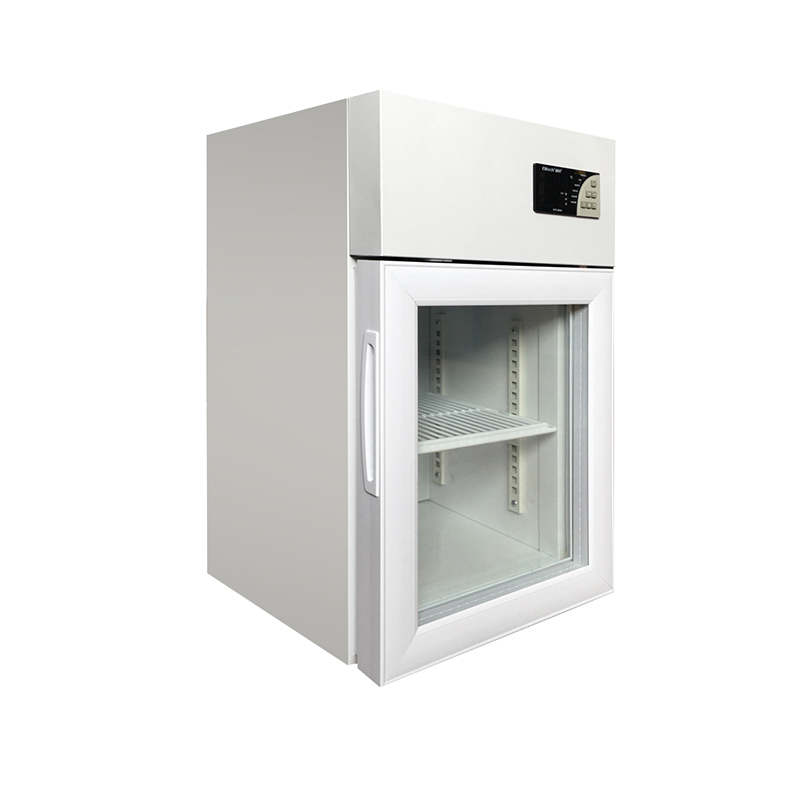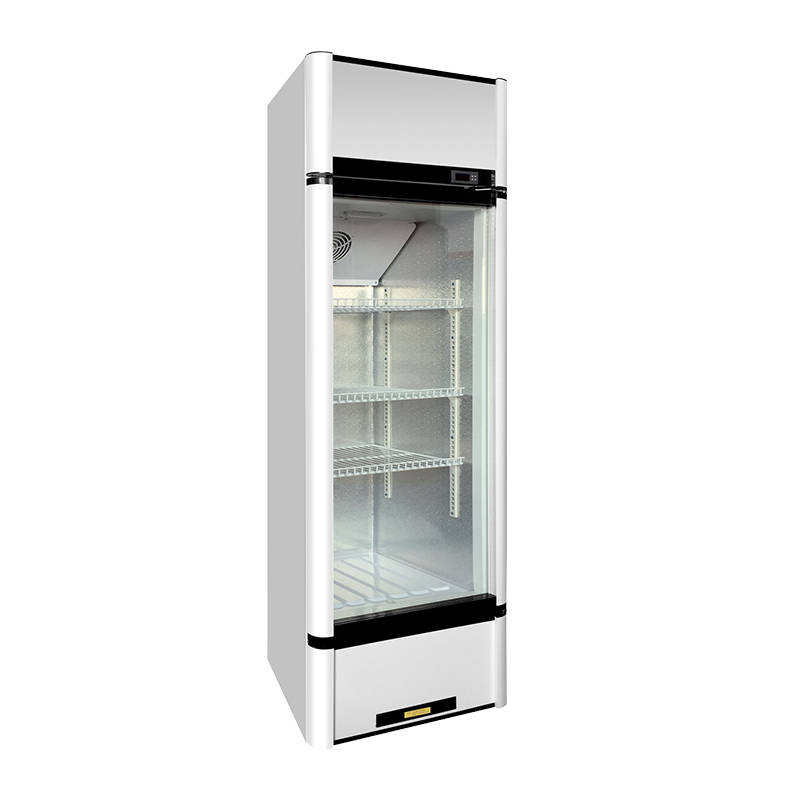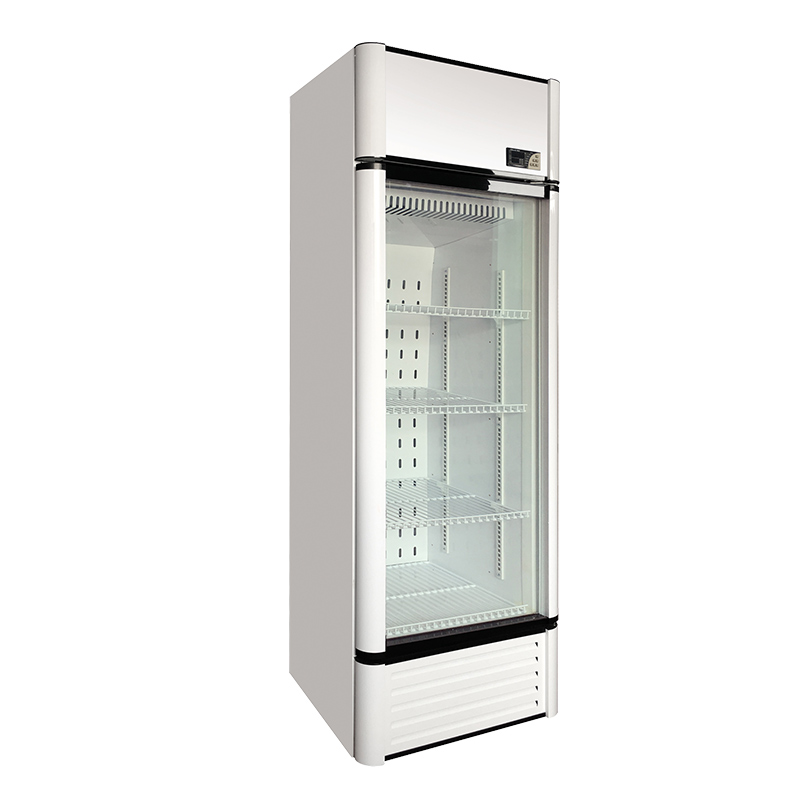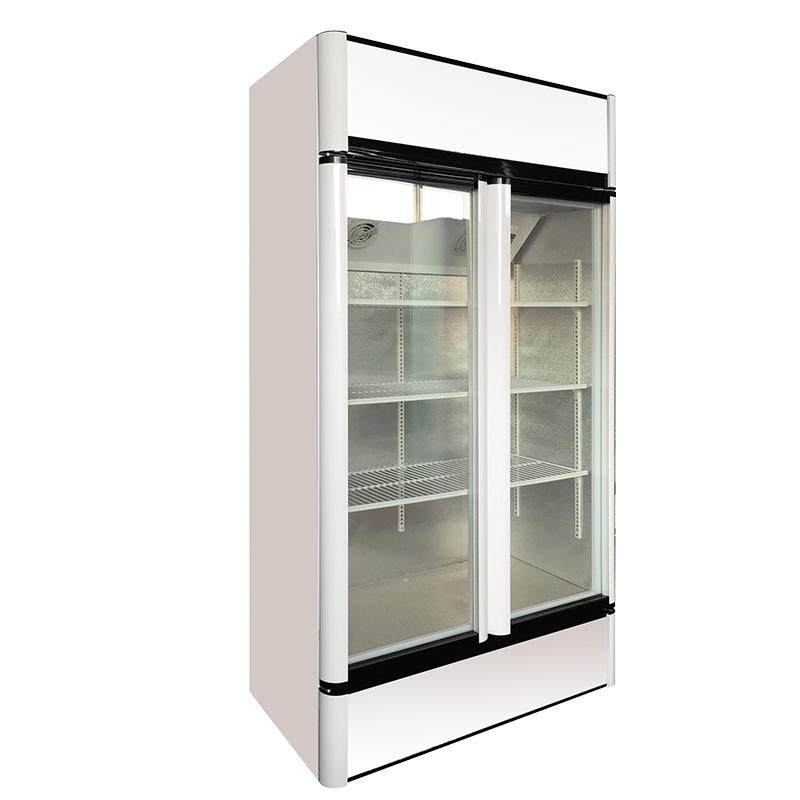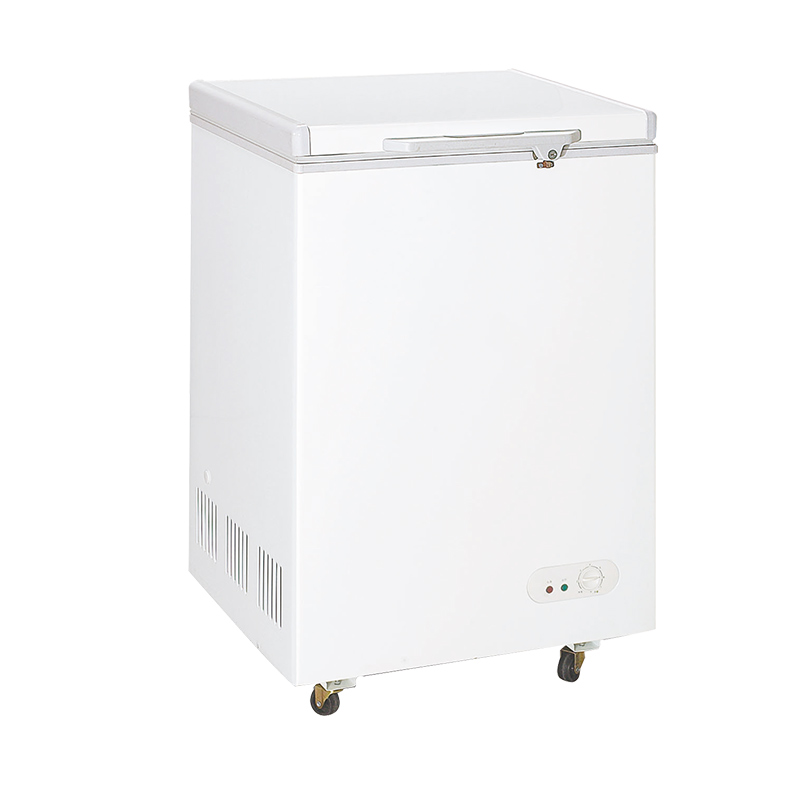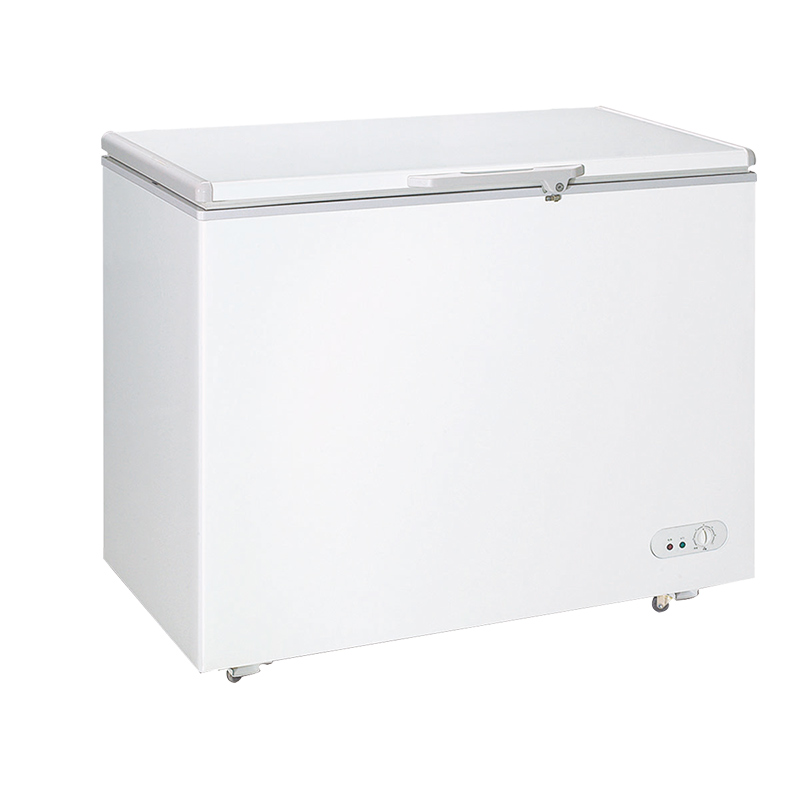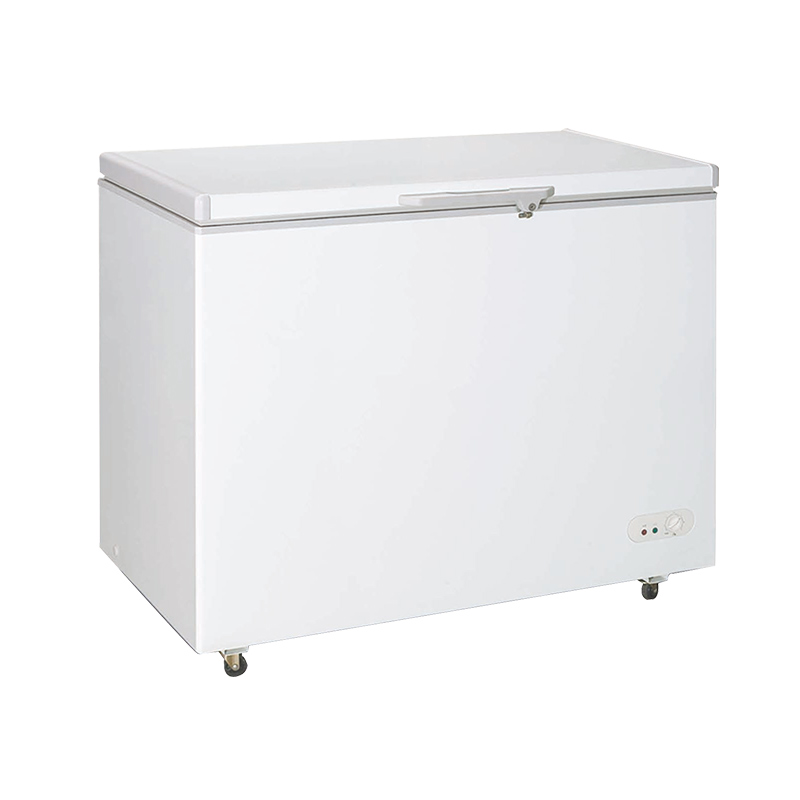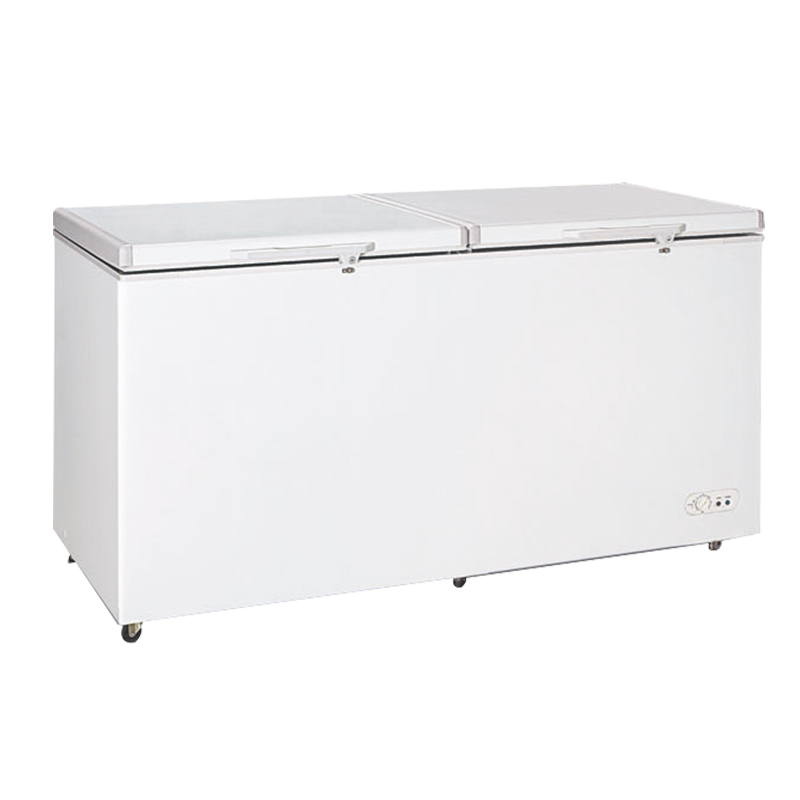Refrigeration appliances like refrigerators and freezers work on the principles of thermodynamics to maintain low temperatures inside their compartments. Here's a simplified explanation of how they work:
The Refrigeration Cycle:
Refrigeration appliances use a closed-loop system known as the refrigeration cycle.
The primary components of this cycle include a compressor, condenser, evaporator, and a refrigerant (typically a gas or liquid).
The refrigerant is a special fluid that has a low boiling point and can change between gas and liquid states easily.
Compression:
The process begins with the compressor, which is usually located at the back or bottom of the appliance.
The compressor's main job is to compress the refrigerant gas, increasing its pressure and temperature.
As the refrigerant is compressed, it becomes a high-pressure, high-temperature gas.
Condensation:
The high-temperature, high-pressure refrigerant gas is then routed to the condenser coils, which are typically located on the back or outside of the appliance.
In the condenser coils, the hot refrigerant releases heat to the surrounding environment, causing it to condense and change into a high-pressure liquid.
Expansion:
After condensation, the high-pressure liquid refrigerant passes through an expansion valve or capillary tube.
As it passes through this valve, it undergoes a rapid expansion, which causes it to cool and partially vaporize.
Evaporation:
The cooled and partially vaporized refrigerant then enters the evaporator coils, typically located inside the refrigerator or freezer compartments.
Within the evaporator coils, the refrigerant absorbs heat from the interior, causing it to evaporate and turn back into a low-pressure gas.
This evaporation process removes heat from the inside of the appliance, cooling the air and maintaining low temperatures.
Circulation:
A fan inside the appliance circulates the cooled air from the evaporator coils throughout the compartments.
As warm air from the interior comes into contact with the evaporator coils, it loses heat, which is absorbed by the refrigerant.
Thermostat Control:
A thermostat within the appliance continuously monitors the temperature inside the compartments.
When the temperature rises above the set point, the thermostat signals the compressor to start the cycle again by compressing the refrigerant.
The cycle continues, with the appliance maintaining a consistent temperature.
In summary, refrigeration appliances maintain low temperatures by using a continuous cycle of compressing, condensing, expanding, and evaporating refrigerant. This cycle removes heat from the interior compartments and releases it outside, creating a cooling effect that preserves food and other items stored inside the appliance. The thermostat controls the cycle to maintain the desired temperature range.


 English
English عربى
عربى